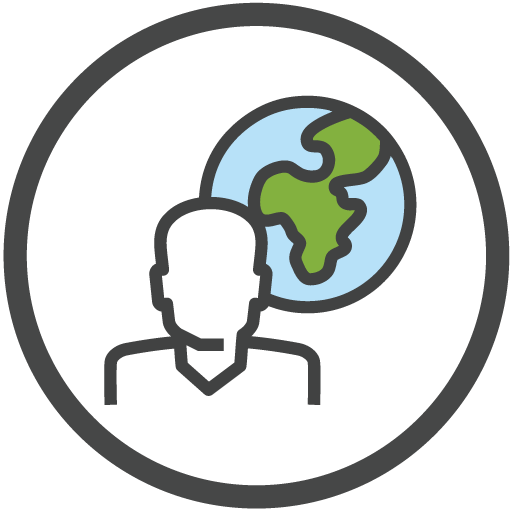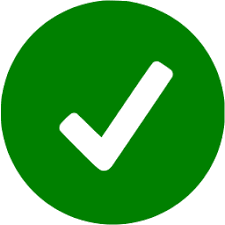1
Overview
PURPOSE / FOCUS OF THIS COURSE
The purpose of this program is to give a basic understanding of recycling. It will educate readers on what recycling is, the different types and how they can make it a part of their everyday life.
It's important to note that all recycling programs are different. What can be recycled in one program cannot always be recycled in another. Always check your municipality guidelines.
COURSE CONTENT / METHOD OF SHARING
This course will be broken down into 5 different sections including all the information necessary to be successful in recycling, insight on why recycling is important and ways to eliminate waste from the source.
- Pre-cycling
- Introduction to Recycling
- Curbside Recycling
- Recycling Outside of Curbside Programs
- Implementing Recycling in Everyday Life
At the end, there will be a short test to ensure you understand the basics of recycling.
























